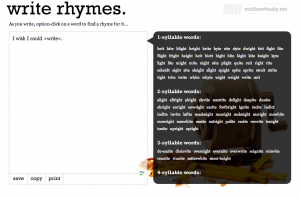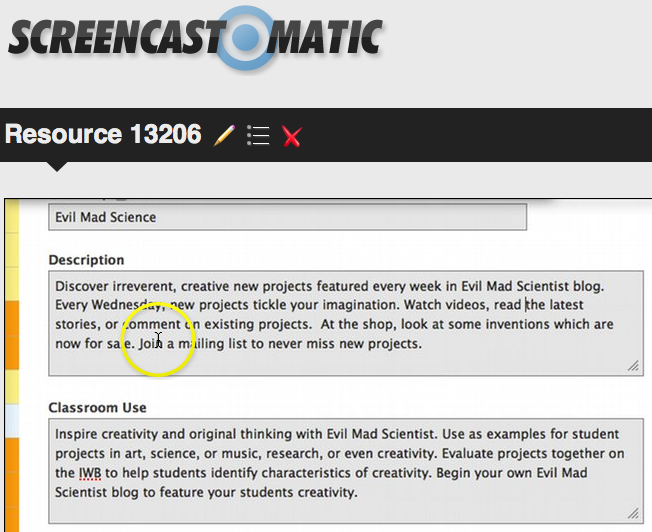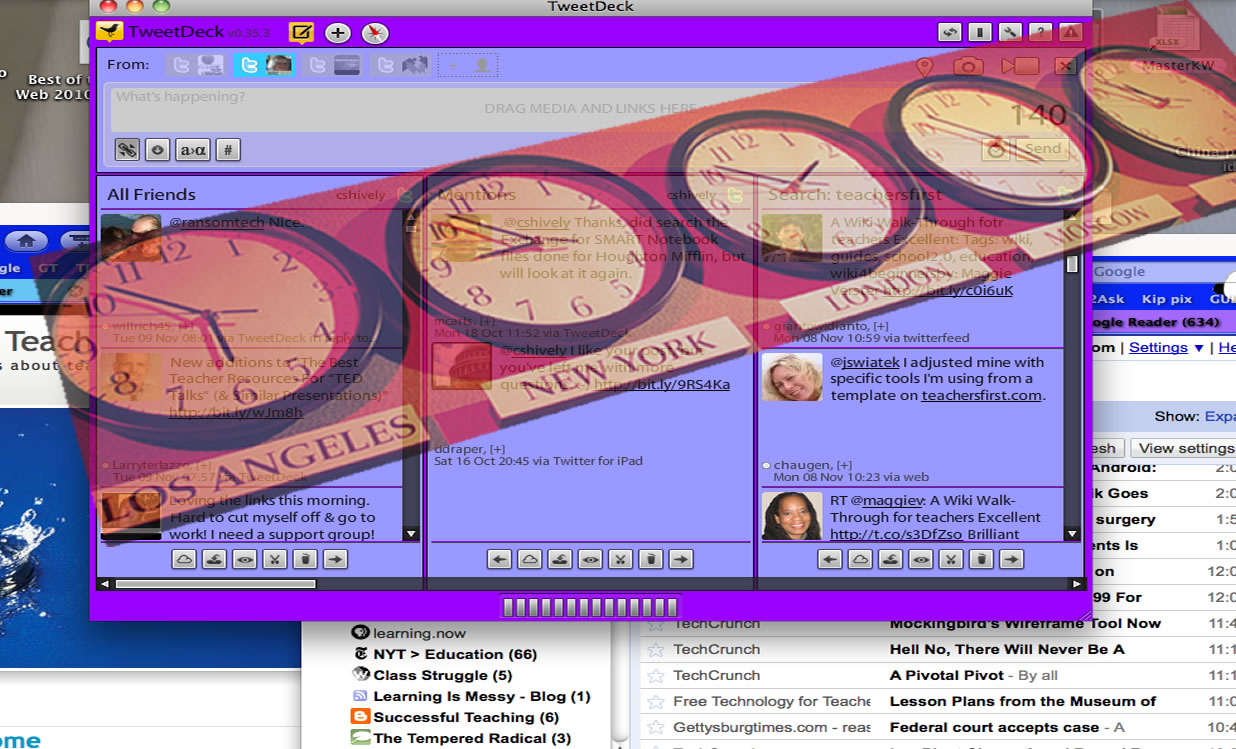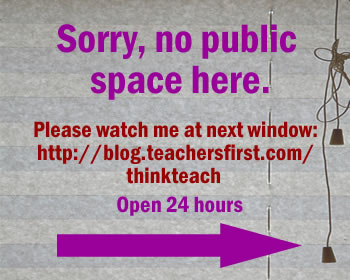To write to be: One teacher’s thoughts on teaching writing
I love writing. I love helping others love writing, especially their OWN writing. I love watching people as they hear their own writing voice, perhaps for the first time. So I share a few writing favs in hopes that your might play and be lured into hearing yourself as a writer.
Play with words using this Google Docs demo (reviewed by TeachersFirst) that allows you to “collaborate” with master writers such as Shakespeare, Nietzsche, or Emily Dickinson. See what Poe would do to the words you type or watch your simplest phrase transformed by Dickens. This demo is limited, of course, but it draws attention to word choice and the many ways English can say similar things. Single words often become phrases extracted from a literary masterpiece. I do not commend the crazy concoctions that combine on the demo page, but I do relish the questions this demo raises. I wonder what it would look like if Hemingway were one of the collaborators? Instead of adding words, the demo might subtract them!
Who do you write like? Try I Write Like (reviewed by TeachersFirst) to find out. In a near-reversal of the Docs demo, this tool prompts you paste in your words and analyzes your writing to see which well-known author’s work is most similar to your writing. (The analysis of this post says I am like H. P. Lovecraft. I am intrigued and want to learn more about Lovecraft, since I do not know his work.)
I love word clouds. I love creating them, and I love using them to see my own writing from another point of view. Here is last week’s post transformed into a word cloud by TagCrowd (reviewed by TeachersFirst):
There are loads of word cloud makers, each with its own variations: Tagxedo, Worditout, Wordle, and more. Alas, they also disappear often, as did Wordsift and Tagul 
Of course, writing is sometimes excruciating, especially for those who decide they cannot be poets without rhyme. Enter the many online rhyming dictionaries. This result offers rhymes for writing itself, though you must ignore annoying ads and distractions. (See TF’s review for ideas.) Writing may be more like biting or fighting, but it can also be igniting. A cleaner tool, Write Rhymes (reviewed here) gives a different look, but you have to know how to Option+click (not tough at all!). Here is what you get for the word write:
So play today with words to say and maybe you will find a way to hear your voice and make a choice of words to tell your thoughts so well you’ll want to write.
Write to be… or not to be, to find a voice that says, “That’s ME!”











